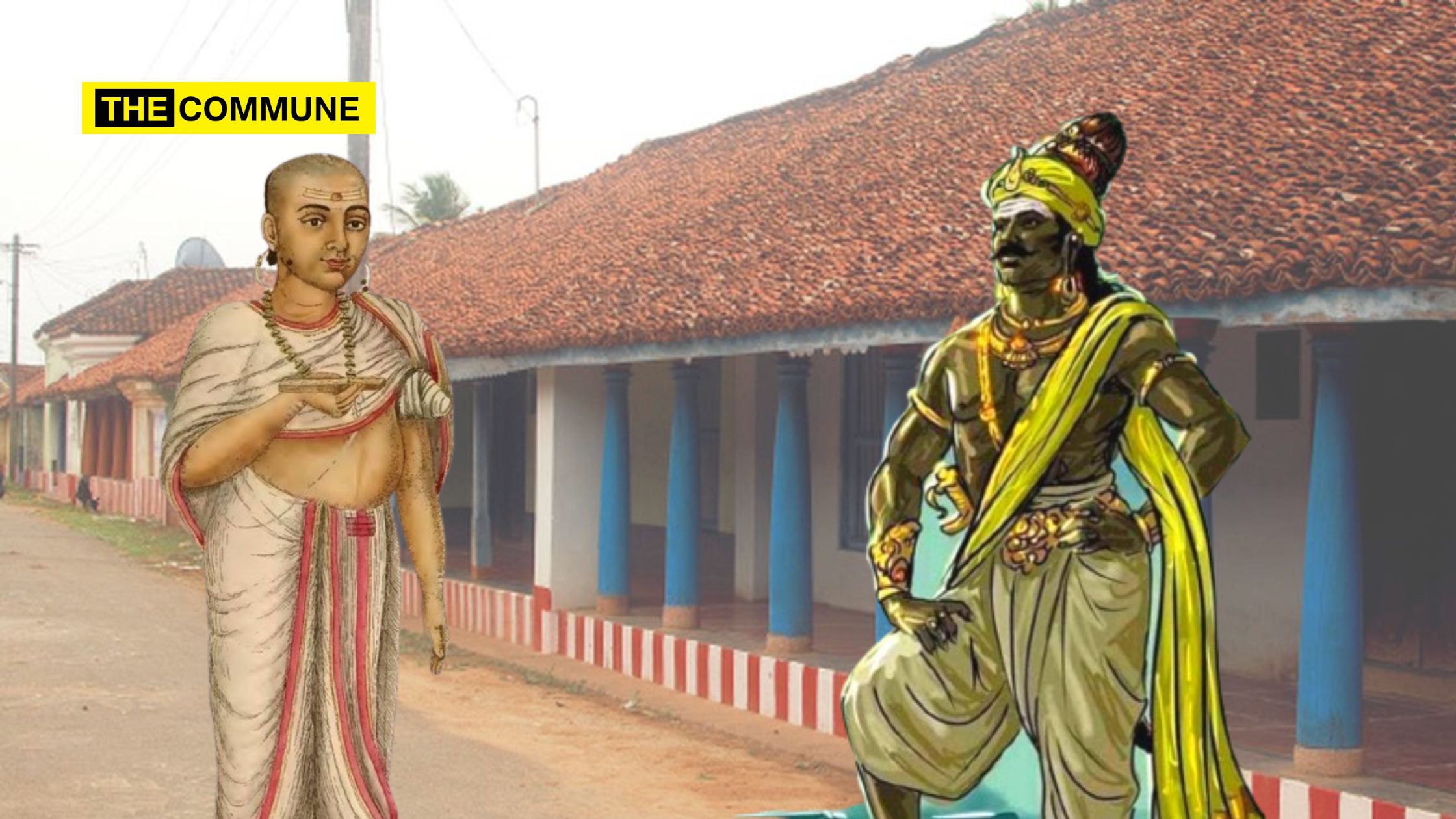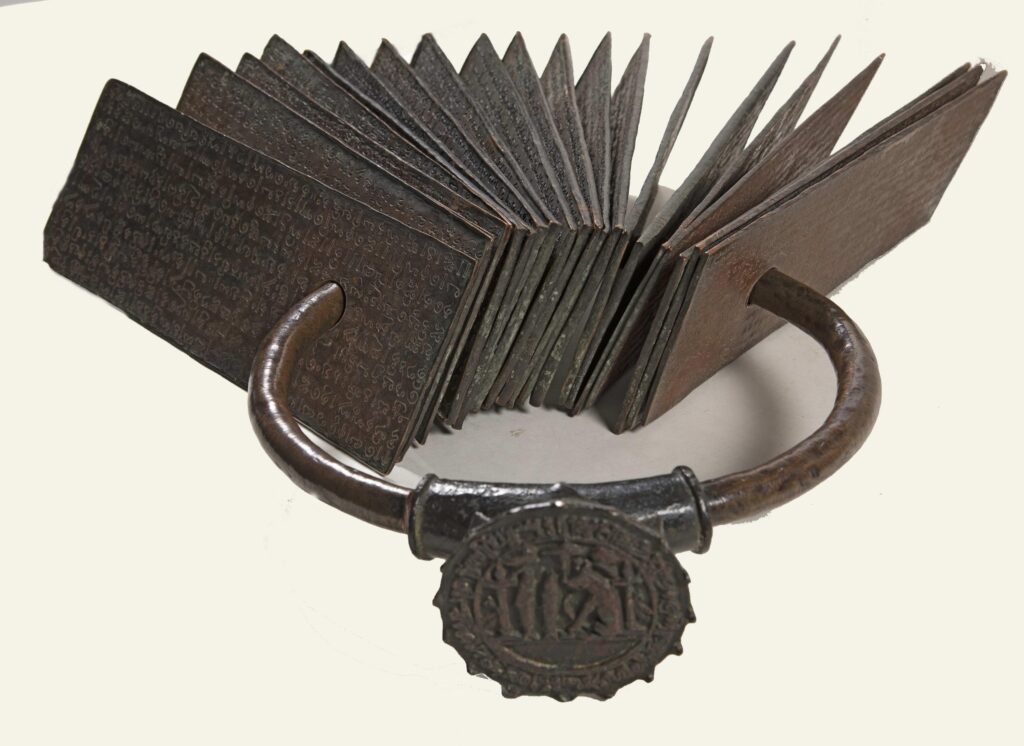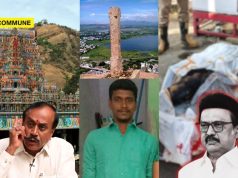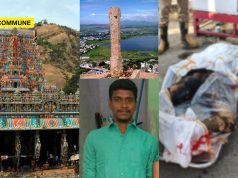
One of the most abused subjects (especially of D stocks) is the granting of Brahmadeya/Chaturvedi Mangalam to Brahmins by Cholas. Cholas were called names because of these grants. The fact is such grants have been in vogue since Sangam times and Pandyas & Cheras were the forerunners for granting the Brahmadeyas. These grants were twisted as if they were given free and the Brahmins enjoyed the privilege without paying any tax. There is also another fake theory that only Brahmins lived in Brahmadeyas. Is this true? What is the way Brahmadeyas are structured? Let us analyse this using one of the large Brahmadeyas given by Cholas which was documented in Karandai copper plates (1020 CE).

Karandai plates mention creating a Chaturvedi Mangalam called Tribhuvanamadevi Chaturvedi Mangalam by combining 51 villages and the land was given to 1080 Brahmins. This means an average of 21 Brahmins get the land in a village where approximately some thousand people live. The total land measured like this, which belongs to the government (அரசன் அனுபவித்துக் கொள்ளத்தக்கனவாகிய) is 3135 Veli +. Of this, 619 Veli were subtracted as they belong to common land like temples, the centre of the village, etc. Only the remaining land of 2516 Veli is split and given to 1080 Brahmins, approx 2 Veli per person. The revenue from this land will be approximately 100 Kalam Paddy per year. Compare this with the income of those who worked in Thanjavur Brihadeeswarar temple. They range from 200 Kalam – 500 Kalam.

Even this 200 Kalam is not free of tax. The copper plates clearly mention that from the eighth year, they had to pay tax from this revenue proportionately. In the eighth year, 25% is the tax levied needs to be paid, next year 50% of the tax and subsequently complete tax needs to be paid on the revenue earned. It is also important to note that even this staggered tax paying is only available to those Brahmins who are granted land from these copper plates. Those Brahmins who were living in the villages early will continue to pay the tax as before. Hence, let us be clear that the Brahmadeya lands were NOT tax-free, and they were NOT an exclusive place where only Brahmins lived.

The details of the grant can be found in the book ‘Chozhar Seppedugal’ by Pulavar V. Mahadevan & Prof. G. Sankaranarayanan.
TS Krishnan is a Tamil scholar and author.
Subscribe to our channels on Telegram, WhatsApp, and Instagram and get the best stories of the day delivered to you personally.



